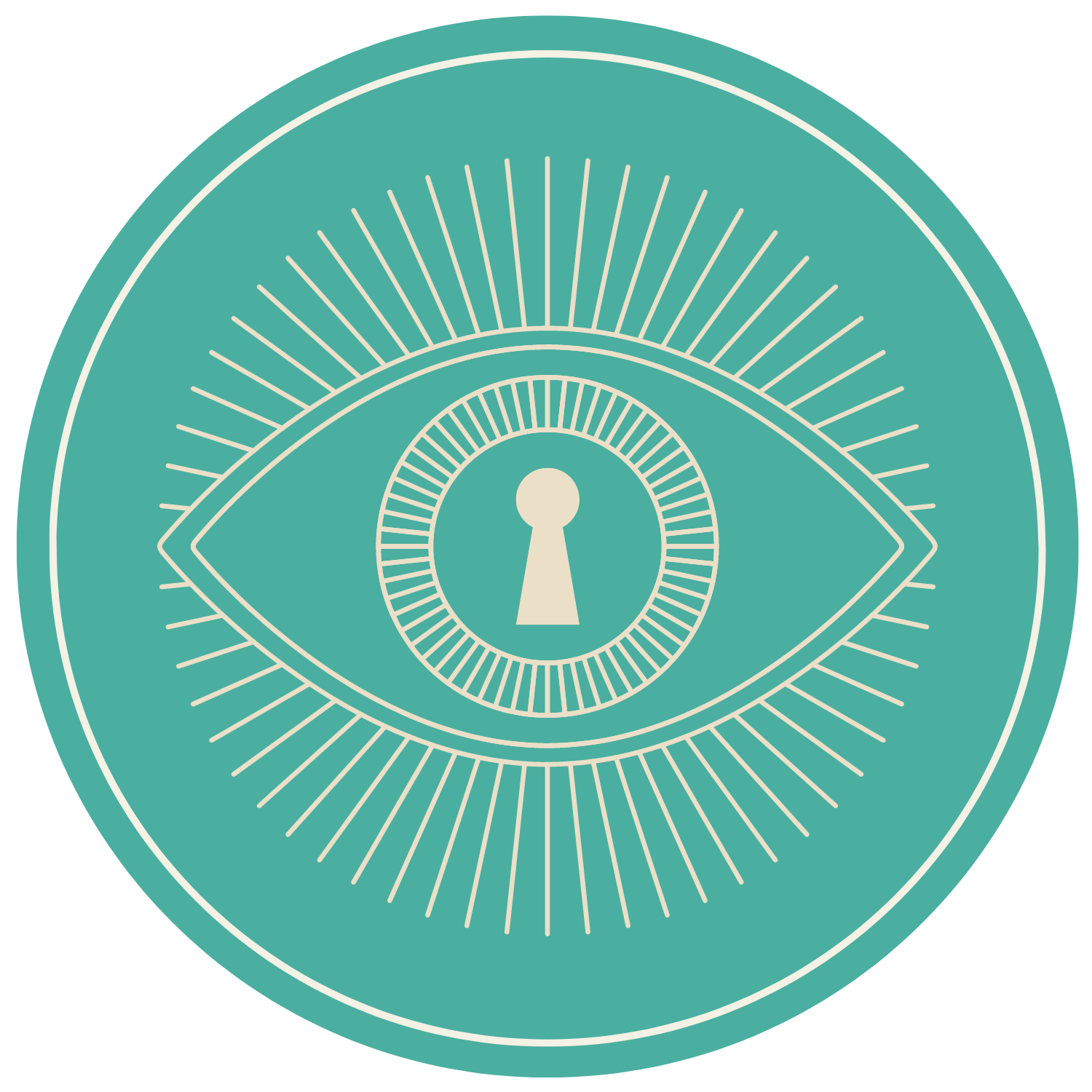Managing Anxiety with DBT Skills: Techniques That Work
Anxiety, at its peak, can feel like a relentless storm raging within us, leaving us feeling helpless in its wake. In this article, we will delve deeper into three powerful DBT techniques that are rooted in mindfulness, aimed at helping you regain control and find peace amid the chaos of anxiety. If you are interested in more DBT skills for anxiety, you may find a comprehensive guide here.
Effective Rethinking and Paired Relaxation
Circle of influence between the anxiety we feel, our beliefs, and life stressors.
Effective rethinking is a crucial distress tolerance skill in DBT that empowers you to evaluate and adjust your emotional reactions to distressing events. The primary goal is to dissect the origin of distressing emotions and subsequently present yourself with alternative viewpoints to alleviate the distress. When paired with focused and intentional breathing, as well as muscle relaxation, this technique becomes even more potent.
Here are the four steps to master this skill:
Step 1: Begin by closely examining the triggering event that caused distressing emotions. Delve into the details. Ask yourself, what exactly triggered these emotions? For instance, if a deadline at work is causing anxiety, describe the specific aspects of the situation that are contributing to your distress.
Step 2: Self-reflection is crucial. Explore the underlying thoughts and interpretations that give rise to these distressing emotions. What beliefs or perceptions do you hold about the situation that is intensifying your distress? Write these down
Step 3: It's time to reframe some of these beliefs. Challenge yourself to consider alternative meanings or interpretations of the situation. Keep in mind that your interpretation is just one of many possible perspectives. Feelings provide valuable information about our minds, but they aren't necessarily facts. Jot down as many new or alternative interpretations of the situation as you can think of.
Step 4: Time to practice the new interpretations you wrote down. And practice makes perfect! After you've distanced yourself from the stressful or triggering situation, take some time to reflect on it. Imagine the situation occurring again and let’s pair it with some mindfulness. As you envision the situation:
Take a deep breath. Select one of the effective self-statements you crafted in step three and repeat it to yourself while you breathe in.
Exhale slowly. As you breathe out, say "Relax" and focus your attention on releasing tension from every muscle in your body.
To maximize the effectiveness of this strategy, practice it as often as possible. Keep honing your skills until you feel confident in your ability to apply them in real-life, stressful situations.
Body Scan
Body Scan is a practice that serves a triple purpose: firstly, it provides muscle relaxation and relief from stress; secondly, it reconnects you with your body, helping you better understand its needs; and thirdly, it fosters mental calmness.
The best way to grasp this technique is through practice. To assist you on your journey, we've provided a guided body scan that you can use. The video is below.
Sensory Awareness
When anxiety takes hold, grounding ourselves in the present moment becomes essential. Sensory awareness allows us to achieve this by directing our focus toward our body and senses. By doing so, we can sidestep the turmoil of our distressing thoughts and instead immerse ourselves in the sensations of the moment. This form of mindfulness encourages us to concentrate on one thing at a time, all centered around our senses and our body.
For a more immersive experience of this technique, we've created a guided meditation that you can find below.
Incorporating these DBT techniques into your daily life can be a game-changer in your battle against anxiety. Remember that practice is key, and with commitment, these techniques can help you regain control over your emotions, find inner peace, and live a life with reduced anxiety.

